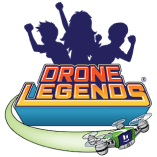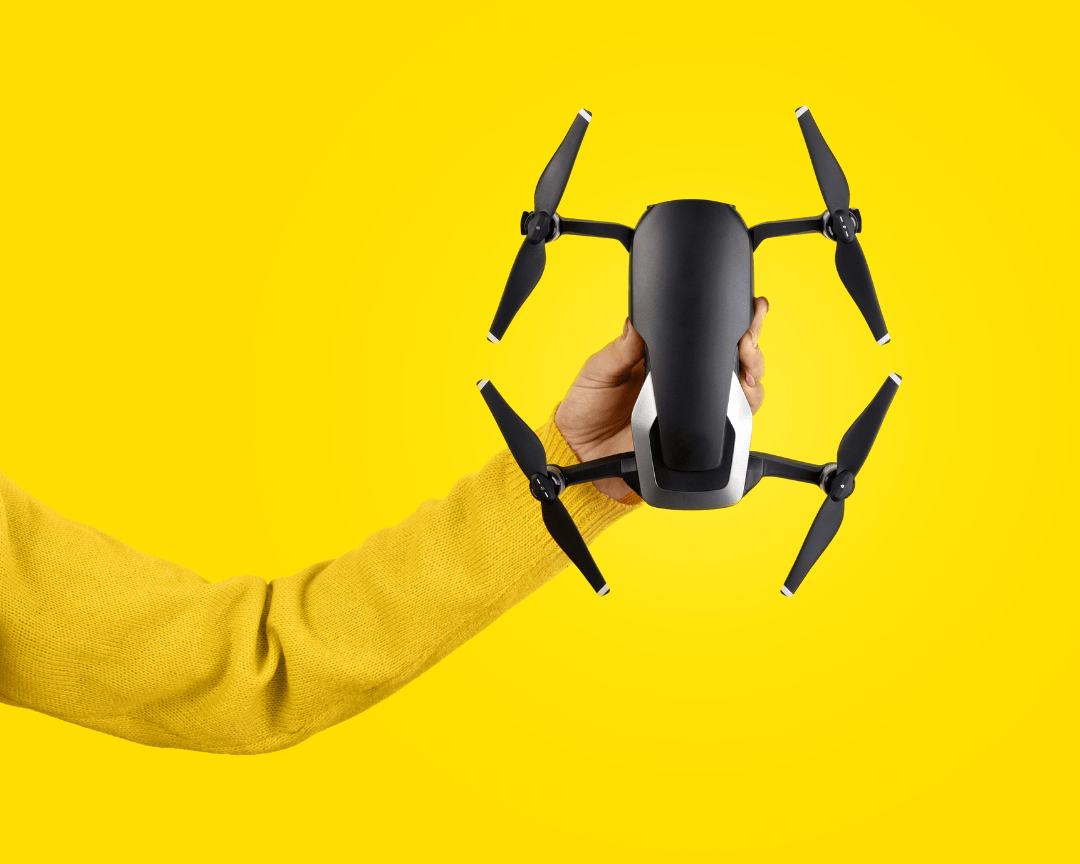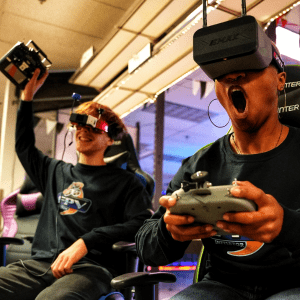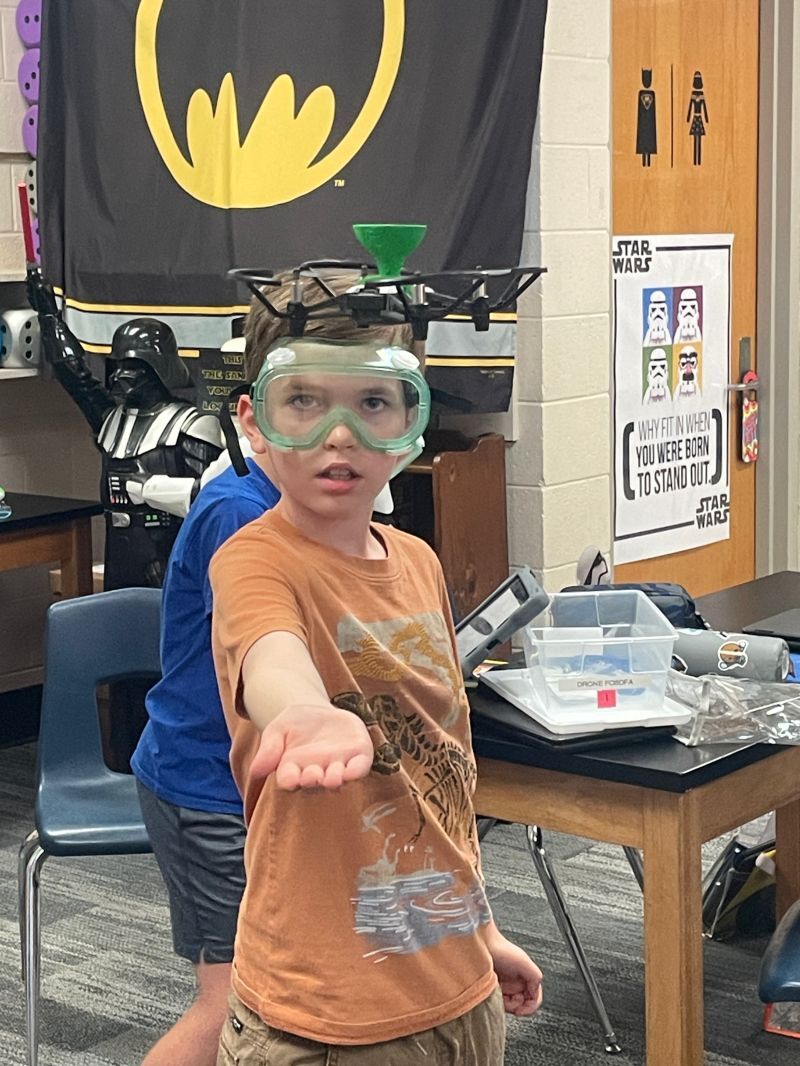Drone Legends recently interviewed Laura Spence, an international educational consultant and K-12 STEM program specialist. We discussed the importance of STEM inside and outside the classroom. We asked Laura how educators, parents, and organizations can help children move into future career roles that are growing in demand. Here’s what Laura shared.
How is STEM education changing?
When the pandemic hit, concerns surrounding students’ learning loss was at the forefront of everyone’s minds: Are school districts doing enough? Are families doing enough? Are teachers doing enough?
What we’re addressing now is the current educational climate across the United States. The main concerns are:
- How can we help students fill in the learning gaps they experienced during COVID— a time when our nation was in crisis and uncertainty?
- How can school districts fill in these gaps quickly?
- How can communities and national entities help with this recovery process?
I think one solution to address these learning gaps is through the effective implementation of STEM education. “STEM has transitioned a lot over the past ten years. First, it was, What does STEM education look like?; then the country transitioned into the use of STEM as an extended school day and now, the country is beginning to see the value STEM education has and the importance of getting kids involved early because STEM builds students’ content knowledge, leadership skills, and problem-solving abilities, all of which set them up for career success
How do we prepare students for technical education and trades? We need to blend partnerships between businesses, school districts, higher ed. institutions, and the community.
Do you see the current bench of teachers and leaders in education equipped to facilitate a shift to STEM?
I think there is a lot of work to be done. One thing teachers and school districts struggle against is standardized learning and the ability to switch their mindsets from, STEM as an addition to their school day to, STEM as an essential component OF the school day.There are sets of national and state standards that guide much of the curriculum that’s in place. There’s massive interest in using STEM as a gateway into other subjects, as well as looking at STEM career pathways.
Districts, teachers, and parents have a high interest in STEM education as a way to build the future workforce, but as a nation, we’re not quite there yet. It takes a lot of work to get teams of teachers to develop and collaborate about STEM curriculum in order to use it as a strand that enhances learning within classrooms that already teach core content. It’s important to get teachers in the mindset of, “how does what I’m teaching add value to my students, but also align to my colleague who’s teaching a different course?”
When you’re a teacher who’s held against the state standards, it’s hard to step away from the traditional model of teaching individual content area subjects. So, school districts that have taken a different approach to teaching and learning are more ready to implement STEM within their core content instruction.
What will it take to step away from these research-backed (but sometimes rigid) educational standards?
Standards are something that all school districts need to have in place, however, over the past 10 years, a lot of research has been conducted and the research shows that students perform at a higher level in schools that use STEM during the school day and as an extended school day model.
This takes a lot of planning at the state and district levels. It takes district leaders and teachers who are versed in STEM to effectively embed it within and across all content areas.
One of the biggest factors that hinders STEM implementation in the classroom is the lack of time. Every course and semester is on a timed schedule and because of such parameters, STEM falls into the gray area.
What would an ideal educational experience look like for students to be ready for the tech world?
I don’t think there is one educational experience that serves all students but, I do feel strongly that STEM is a great step in that direction.
I’ve talked to all sizes and types of corporations and the biggest thing they all struggle with is finding employees that have soft skills. So ideally, the educational experience should help students develop technical and soft skills.
Companies need graduates who have content knowledge, but they’re finding that many young employees cannot communicate their knowledge to and they lack the ability to problem-solve and the fear of failure. STEM teaches kids that failure is going to happen and it’s what you do with failure helps a young employee excel in the workplace.
How can teachers help kids bridge the gap between classroom learning and career preparation?
I try to tell teachers this: You have to switch your mindset. When you went to school, you approached learning in a way that would fit one specific career such as doctor, lawyer, teacher, etc.
But now, we need to prepare students to be good at many things so that we can make them globally competitive. School districts and corporations need to begin to communicate and collaborate to graduate students who can fill the job market especially with large areas of demand such as the medical and aviation industries One approach to address this is to have work with school districts to develop programs specific to these employment gaps. We need to work together to build the future workforce.
Education needs to intersect:
- Helping students
- Helping the community
- Building the workforce pipeline
That’s tough to do. Companies are starting to have these types of conversations but, there is much more work to be done.
What do you foresee in the next five years for education?
Companies are starting to look at different ways to build their workforce. I see it more as a nationwide trend where larger corporations are reaching out to school districts asking, how can we help?
State agencies are a quick grab where you can get a lot of traction. But overall, corporations and agencies will realize they need to start offering career development options to kids in middle school to high school. Teachers have so much on their plates that I think these corporations need to get involved with offering supplemental education experiences tied to STEM education.
Tech companies are now looking at students who have psychology or counseling backgrounds as an added benefit for to their company. The future will require school districts to leverage their ability to work with communities so that graduates have multiple skill sets, are globally competitive with those skills, and know how to market themselves.
How can parents facilitate the best interest of education for their kids?
Parents who maybe didn’t receive a higher education need to let go of feeling intimidated by when they hear that their child is learning about STEM. It would be beneficial to support the technical aspirations that their child might want to pursue. It’s important for parents to find STEM resources that support their child’s ambitions whether that be at their child’s school, with a community agency or an online resource.
STEM is an amazing opportunity for kids that struggle in a traditional classroom because it allows them to showcase their talents in other ways they might not have thought of such as coding a drone to fly, building a robot, or finding a solution to a community problem. Encourage it. STEM is also a great way for girls to see themselves in roles that maybe they didn’t see before or were considered, male-dominated careers because STEM builds leadership skills every employer is looking for.
Parents can help support their child’s path to career success by working with their school district to request an increase in STEM offerings as well as encourage STEM learning at home STEM can open a world of learning and career possibilities and because of this, it is important for school districts, parents, corporations, the community and higher ed. Institutions to be able to work together to build pathways for the students who will become our future leaders.
Early STEM Learning: Drone Legends
To learn more about STEM education for kids and stay up to date with more upcoming expert insights, connect with the Drone Legends community.




